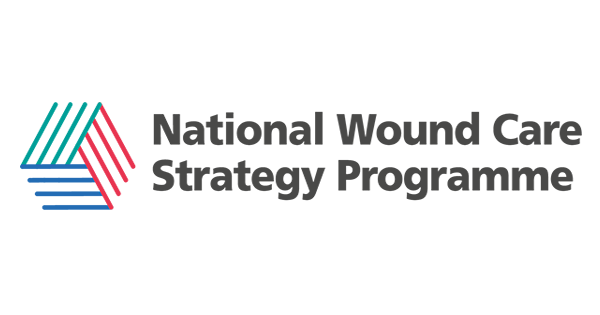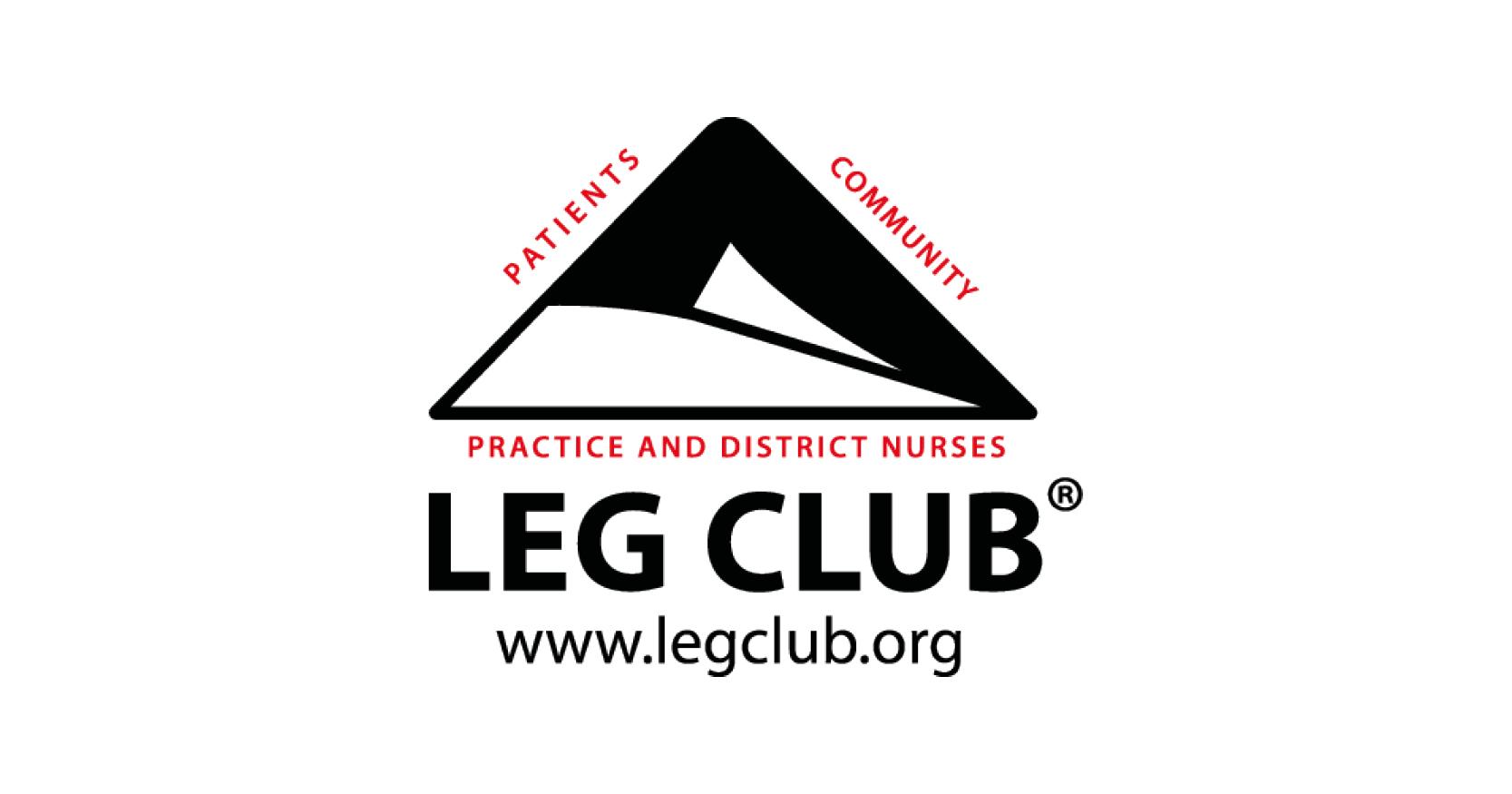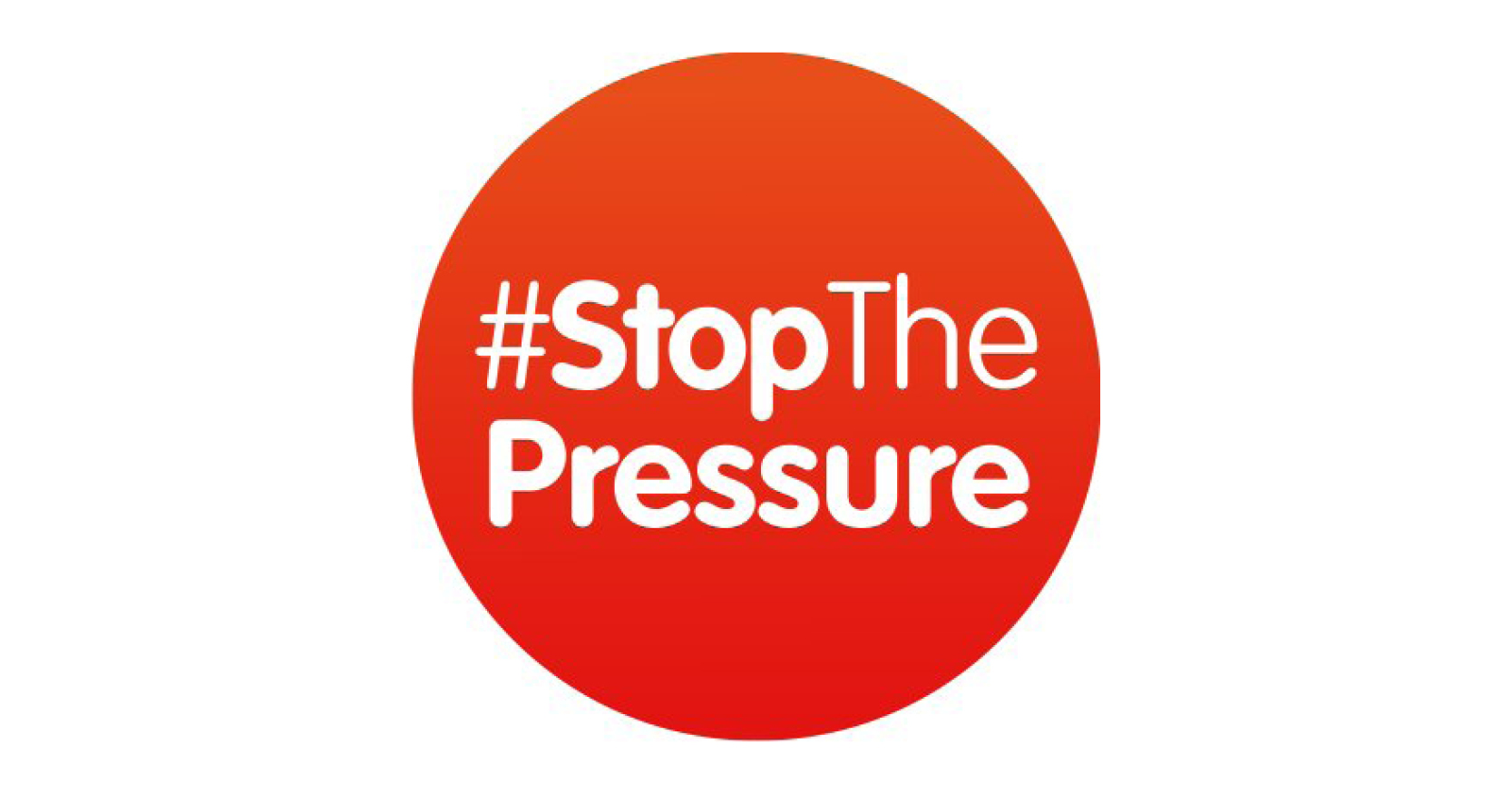One of the biggest challenges in improving wound care is the lack of good-quality, accessible wound care information. How many people are receiving care for leg or foot ulcers, pressure ulcers or surgical wound complications? How much NHS resource is being used to provide that care? We know that most of the NHS cost of caring for people with wounds (estimated 89% ) is due to clinical time, for example, nursing care, GP visits and hospital admissions. However, the NHS still needs a better understanding of its use of wound care products.
Back in 2018, the National Wound Care Strategy Programme (NWCSP) was asked to identify a wound care product classification system; a system capable of supporting and improving the ability to report on the selection, supply and distribution of wound care products comprehensively and consistently across the NHS.
Early exploratory work, in partnership with industry, identified several systems currently in use for classifying wound care products, but a review confirmed that none are currently able to meet these NHS requirements. This is because there is a lack of consistency between the groupings used in the existing systems, which is further complicated as different supply routes report data against different systems. For example, prescribing data is reported under the British National Formulary, while Supply Chain data is reported under Supply Chain “section” groupings. Merger and comparison of product use across data sets is difficult and leads to partial reporting of product use within the NHS.
To meet NHS requirements, some basic grouping (classification) of products is needed along with sufficient clinical detail to allow meaningful interpretation by healthcare professionals for product review. A new classification system should be suitable for adoption across systems and be able to support comprehensive reporting of product use, irrespective of supply route.
In 2019, following discussions with, and funding from, the Department of Health and Social Care and NHS Supply Chain, it was agreed that there was a need to develop a single NHS wound product classification system and that the NWCSP was the appropriate body to lead this work.
Since then, the NWCSP has developed and populated a database of all registered wound care products, which will form the basis of the new classification system. The NWCSP has engaged with key stakeholders including clinicians, trade bodies (including the SDMA and ABHI) and other wound care suppliers to populate, test and refine the new system.
The database now contains a vast amount of information that will underpin hierarchical categories for clinically comparable products within the classification system. This information has been collected from multiple data sources, but restrictions in place mean that wound product suppliers are unable to provide information about five important clinical attributes for dressing selection (i.e., absorbency and retention of exudate, dressing permeability, wound and skin adherence and risk of particulate residue).
To address this, a NWCSP group, of experienced clinicians, has assigned initial reference values for these clinical attributes for relevant primary and secondary dressings (over 700 product lines). The NWCSP is now using an online modified Delphi consensus process to ask many more clinicians with experience of using dressings in their clinical practice to review these initial reference values to inform the final structure of the classification system. The NWCSP is still seeking help from willing clinicians to complete this work. More information can be found at http://tinyurl.com/2htx3vy6
The Department of Health and Social Care intends to adopt the classification system when it has been completed and to align the Drug Tariff categories to those developed by NWCSP. NHS Supply Chain’s wound care frameworks are also subject to renewal in April 2025, and it is anticipated that they will also use the new NWCSP classification system to group products when the new frameworks are established. The authors of the Wound Care Handbook have advised us that their current categorisation system also requires an update and they too wish to adopt the NWCSP classification system. The new classification will also provide a structure to underpin the development of clinical decision support for wound care product selection and local formulary development.
This is important work, so if you are a clinician who uses wound care products in your clinical practice, we need your expertise to ensure we allocate the right reference values to build an information system that is accurate and transparent to the benefit of the NHS, patients, and wound product suppliers. Please get in touch via http://tinyurl.com/2htx3vy6





